Lincoln Indianapolis by Boano
In the period after World War 2 there was a global era of breathing a sigh of relief. Not only in terms of the years of death and ruin that finally came to an end, but also through a new generation that shool old values and dated to question what had previously been carved in stone. This was also true for the automotive industry, which suddenly appeared in the limelight with sensational showcar, even in America, which was rather conservative before the war. In the post-war period, the big Italian design houses such as Touring, Ghia, Pininfarina, Bertone and so on had searched there specifically for buyers for their designs and often found brands. The economic boom in the USA had also led to more and more people rising into the upper class, wanting to show their wealth in the form of chic cars. European design was a top priority on the wish lists, so the ‘big three’ (Chrysler, General Motors and Ford) and the other US manufacturers had to react accordingly and buy the know-how in Europe.
Hudson signed a cooperation agreement with Touring, Packard worked with Bertone and Chrysler ordered some conceptcars at Ghia. While General Motors mostly showed own dream cars from their in-house design studio, the Ford Motor Company was looking for extraordinary solutions. At the suggestion of an employee, they found a young Italian coachbuilder, named Gian Carlo Boano, who in his early 20s already worked in the coachbuilding factory Carrozzeria Boano of his father Felice Mario Boano. Prior to this, they had worked together as designers for some time at Ghia. It was agreed that Boano would design and build a conceptcar for the 1955 Turin Motor Show based on a chassis from the new noble subsidiary Lincoln. For this the Ford Motor Company delivered a chassis of a 1955 Lincoln with chassis number 55WA10902 including its 225-hp V8 engine and a four-speed automatic transmission to Turin. There, the Boano team immediately set to work. At the technical basis with independent front suspension and rigid rear axle with leaf springs wasn’t changed at all by Boano.
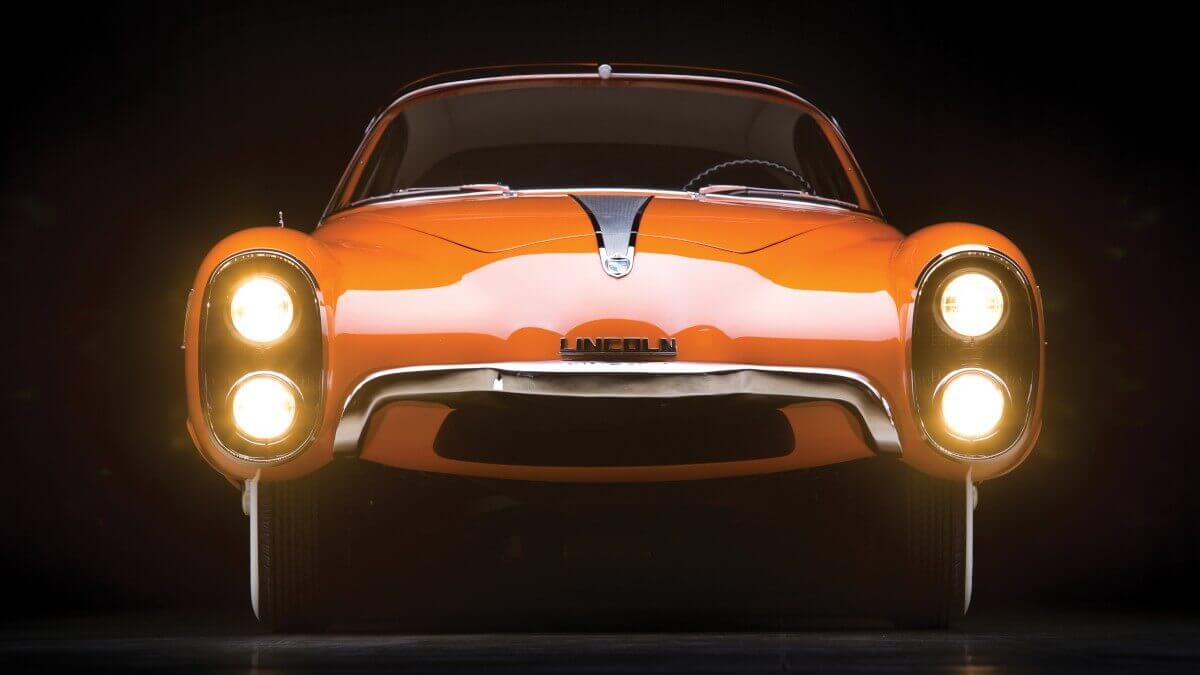



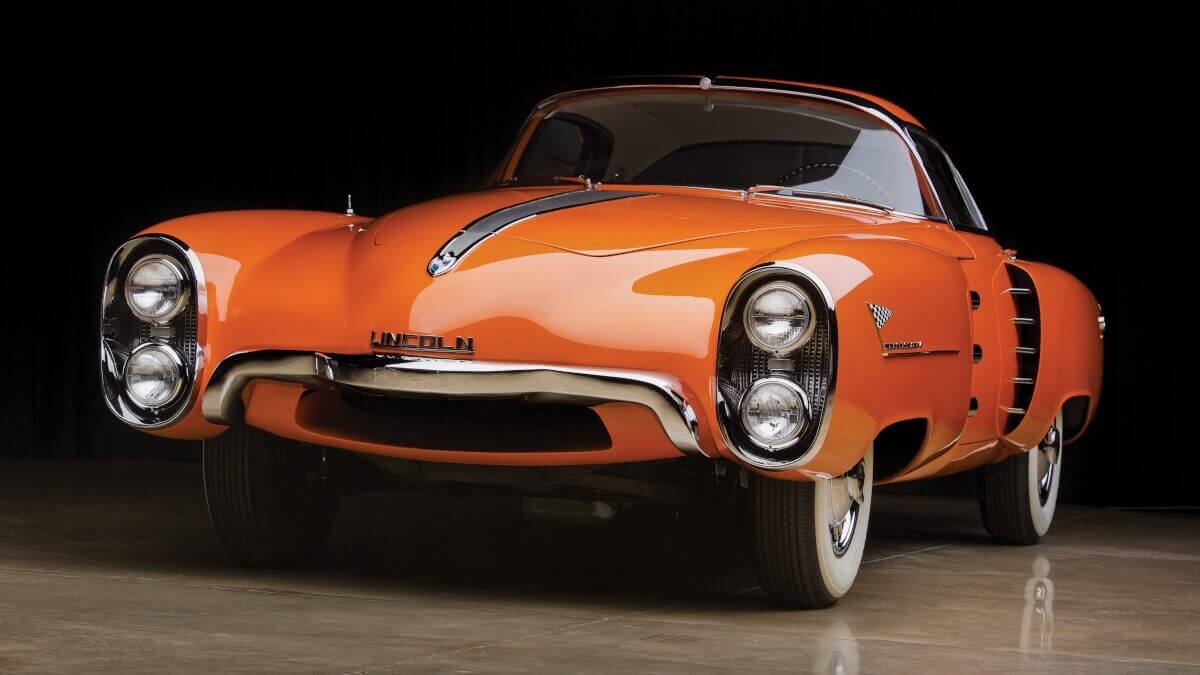



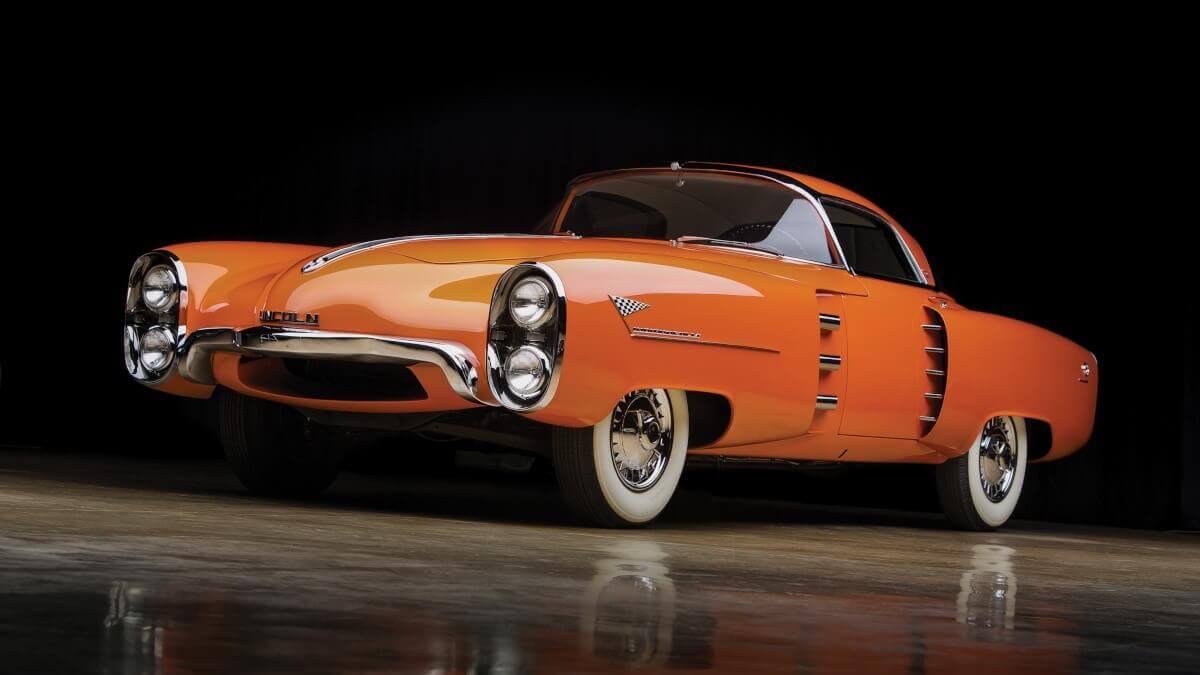







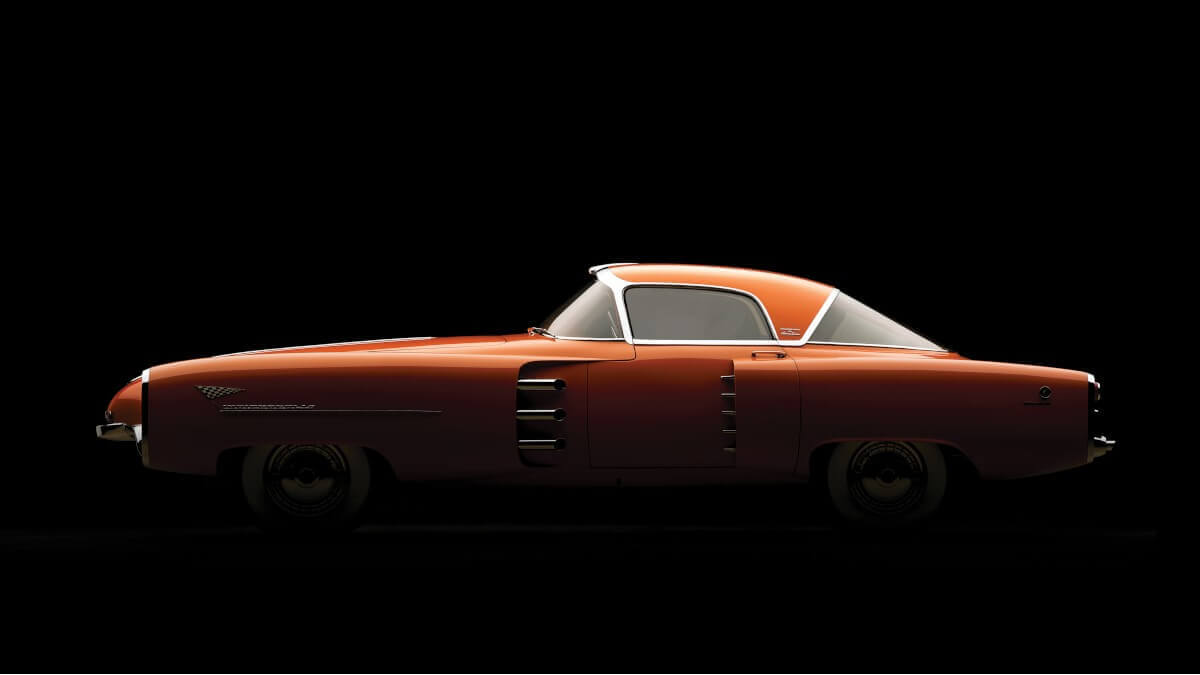



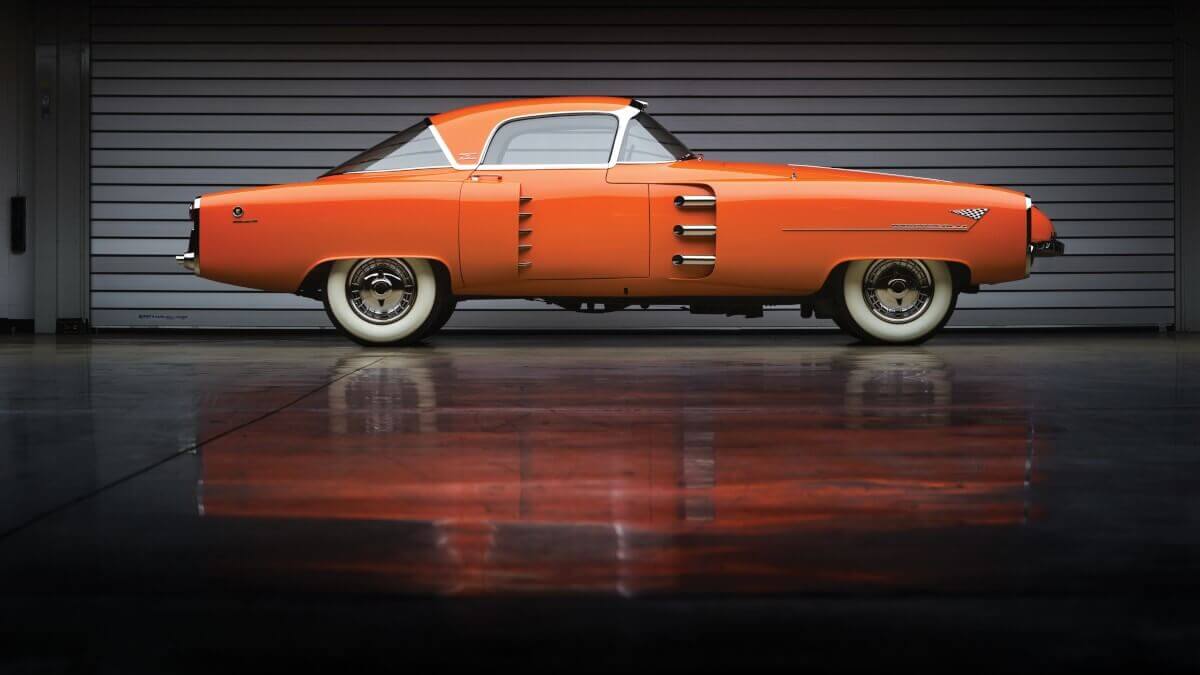



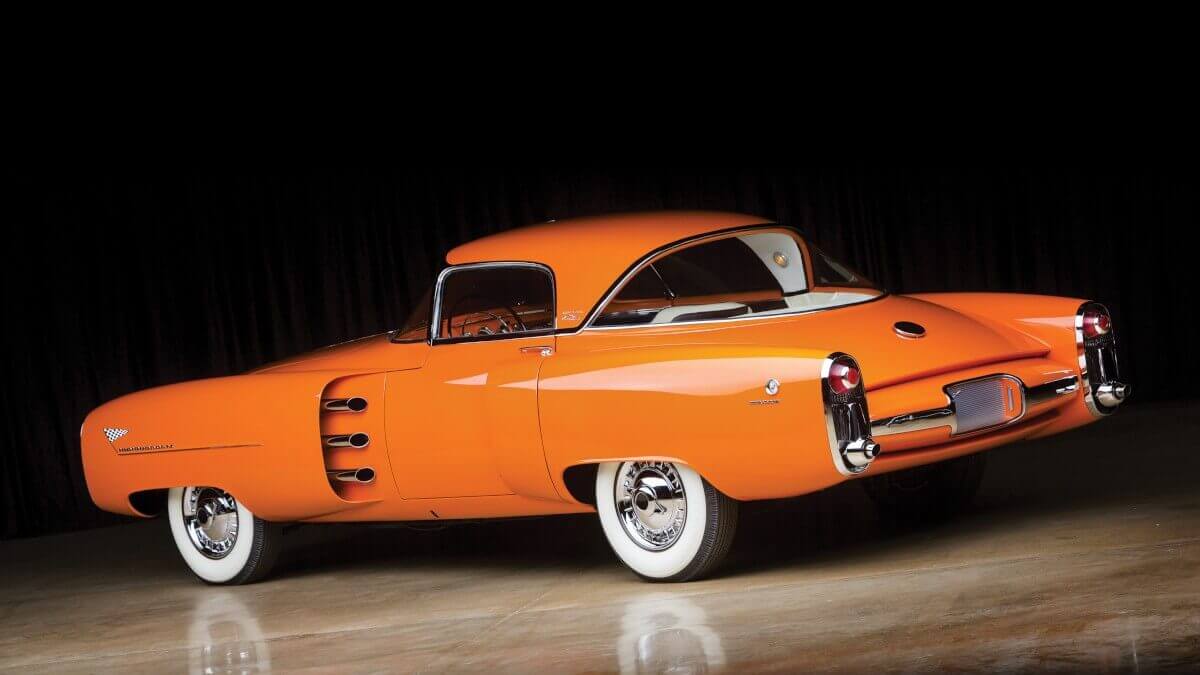



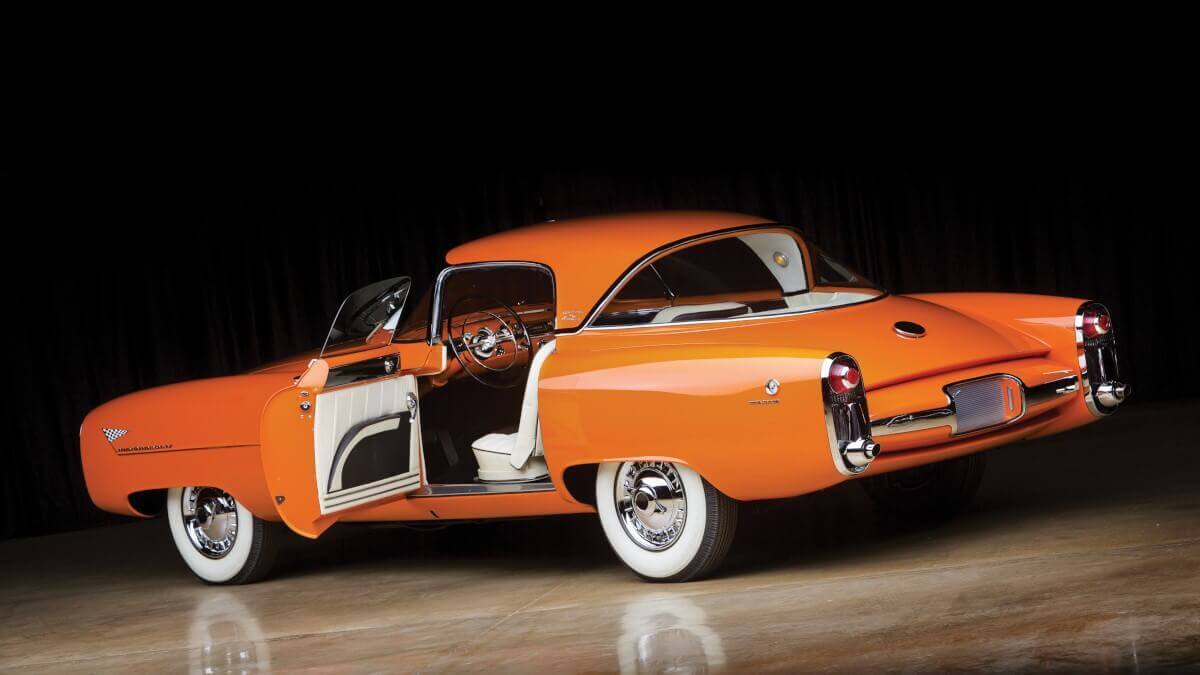



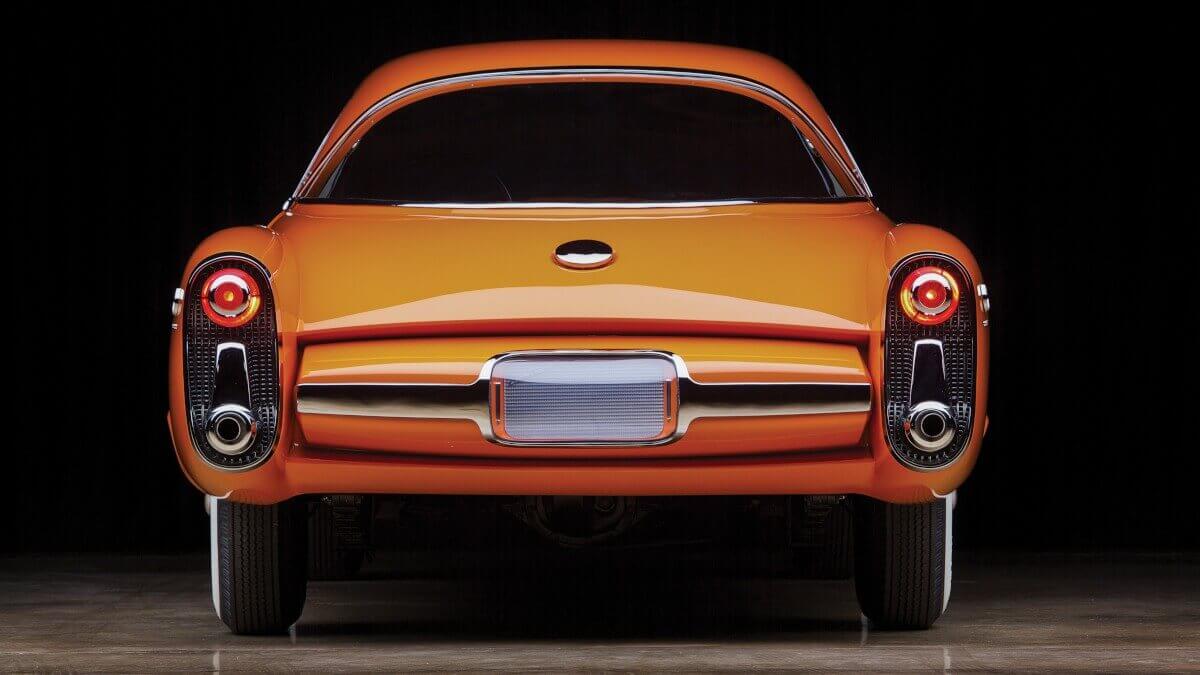



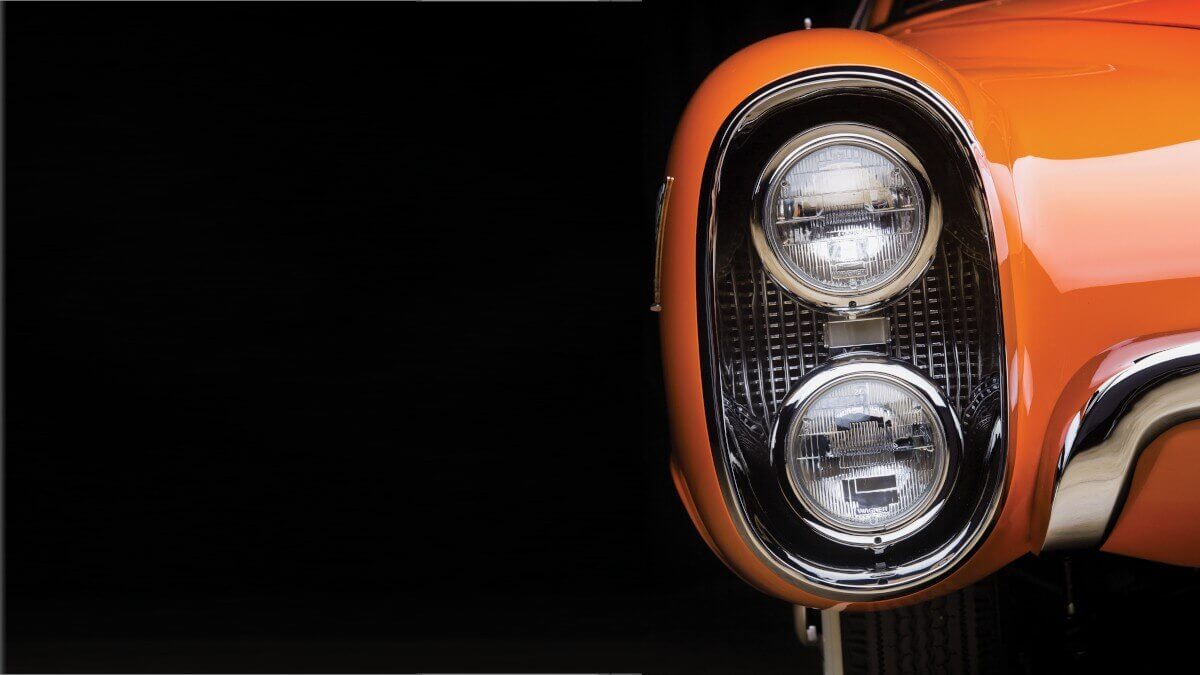



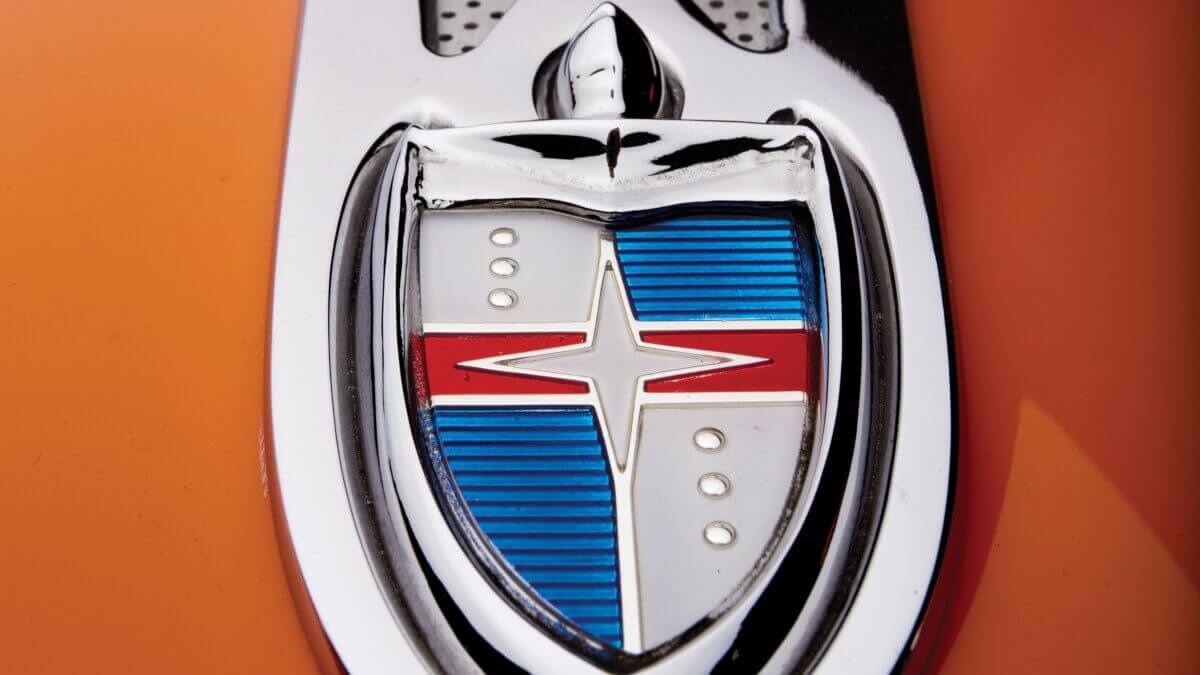



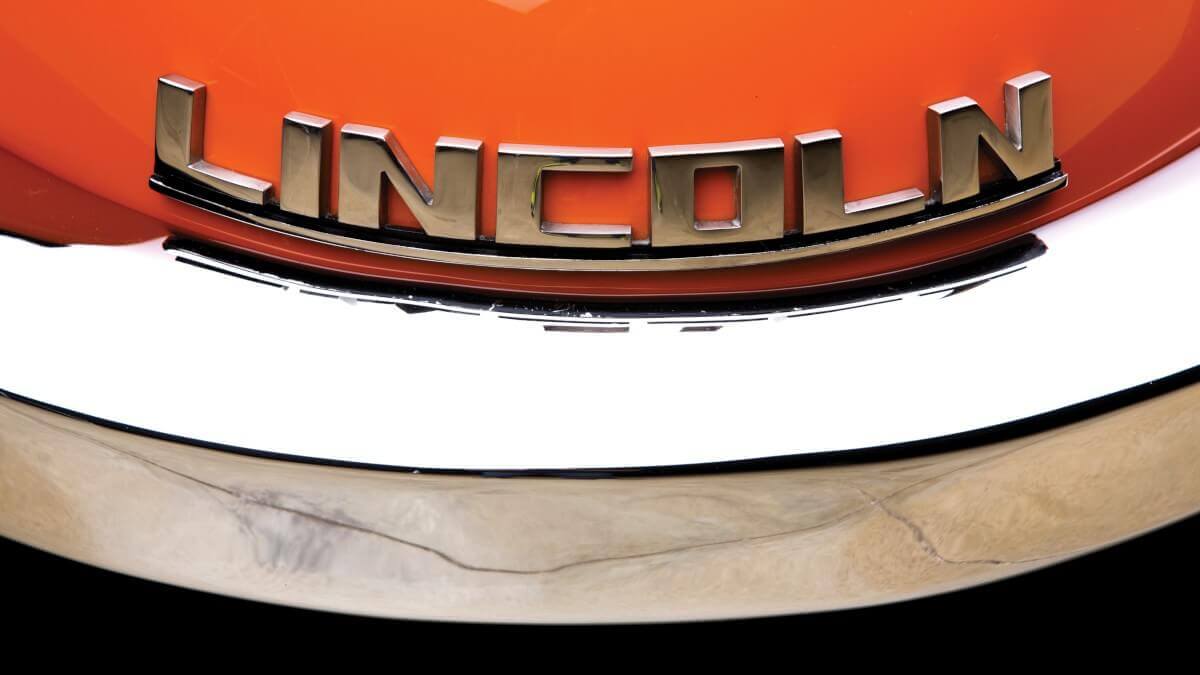



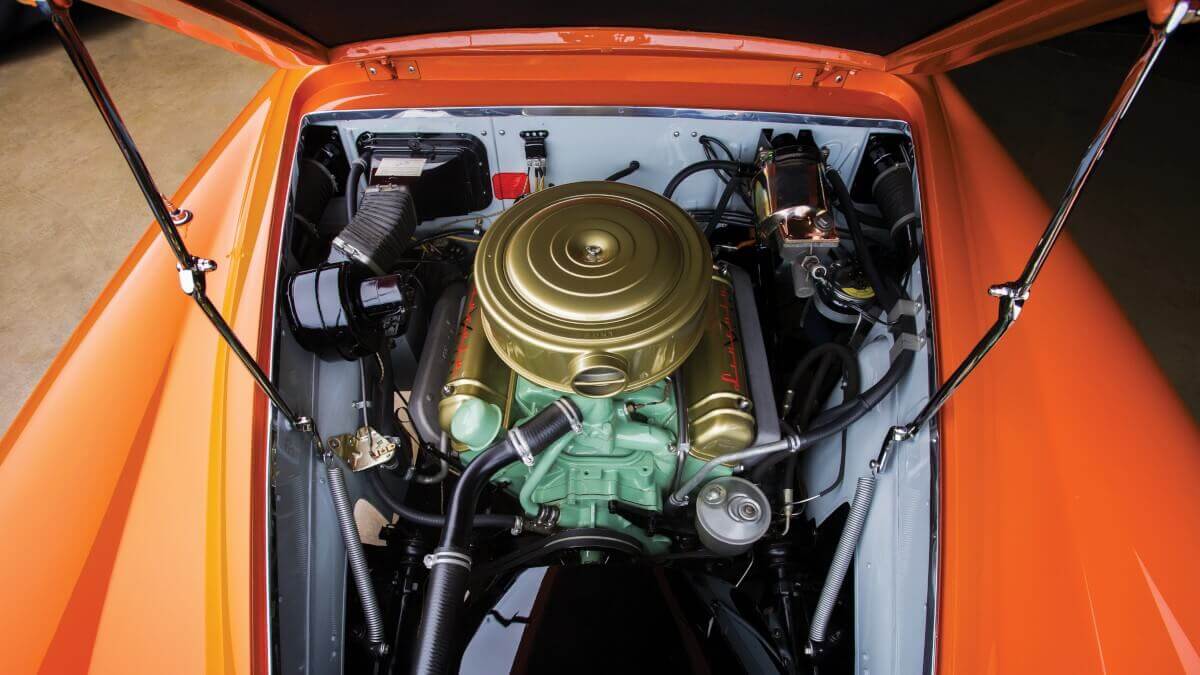



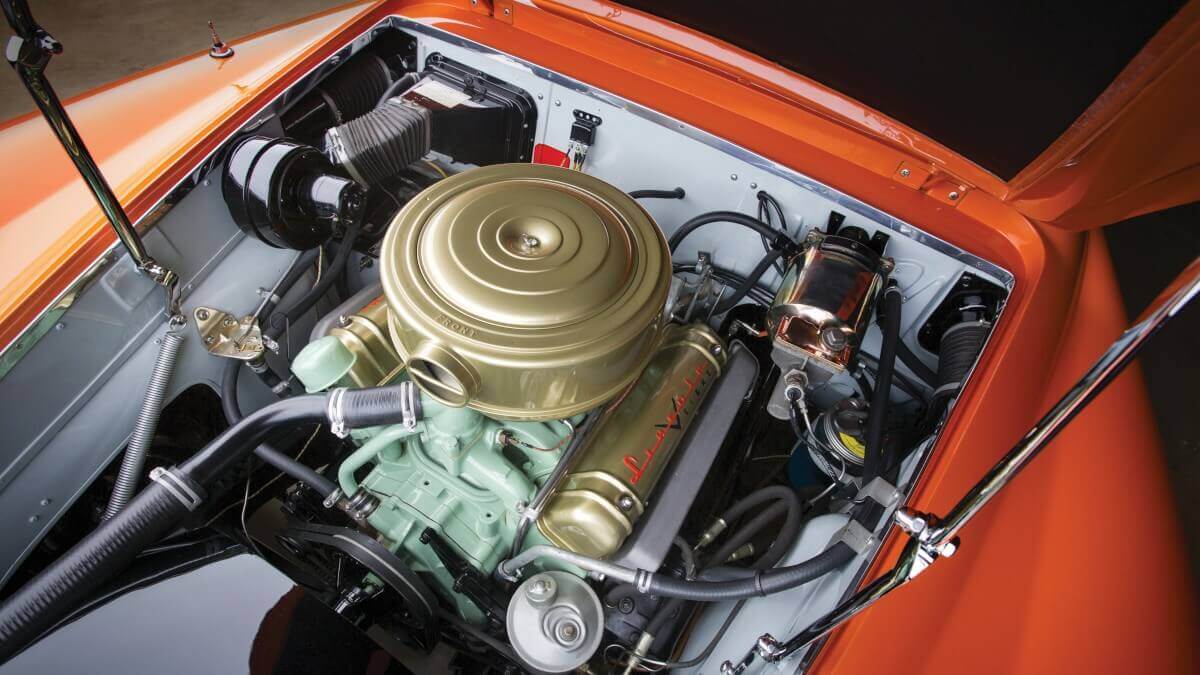



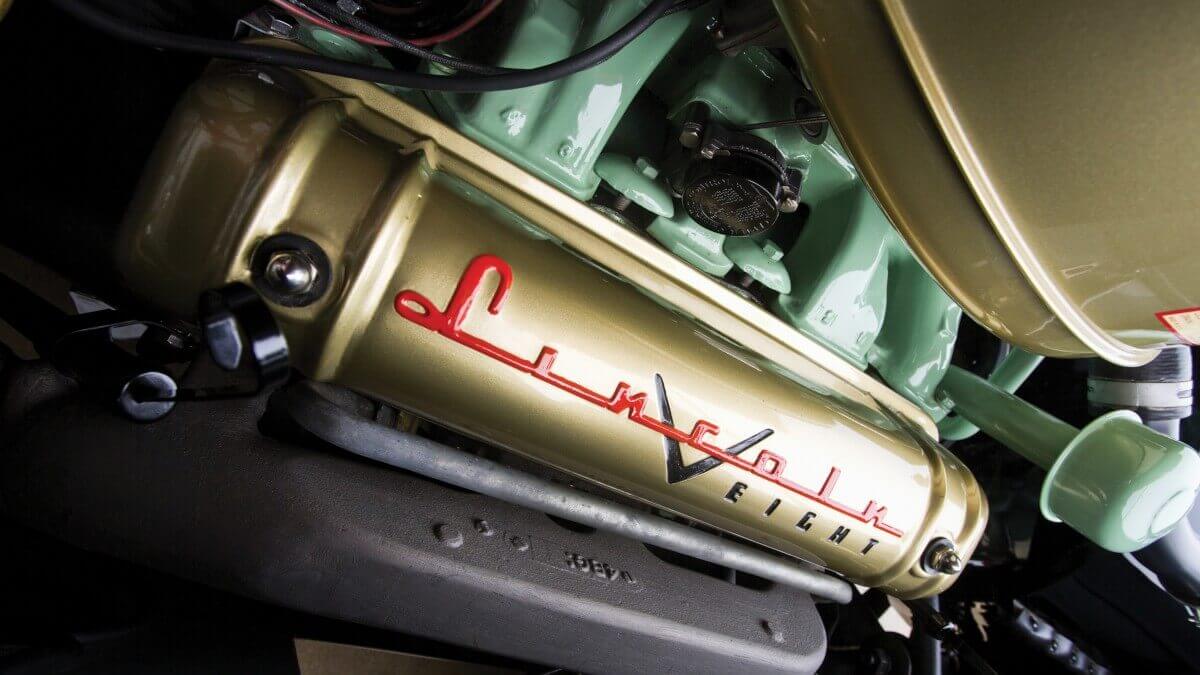



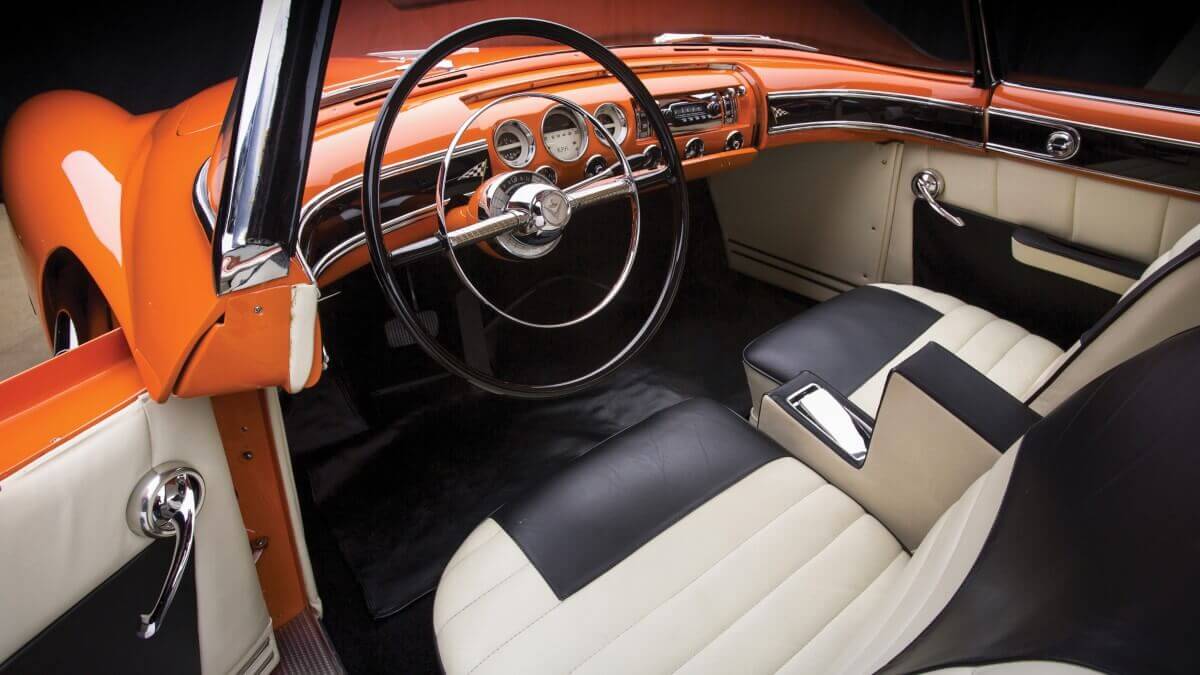



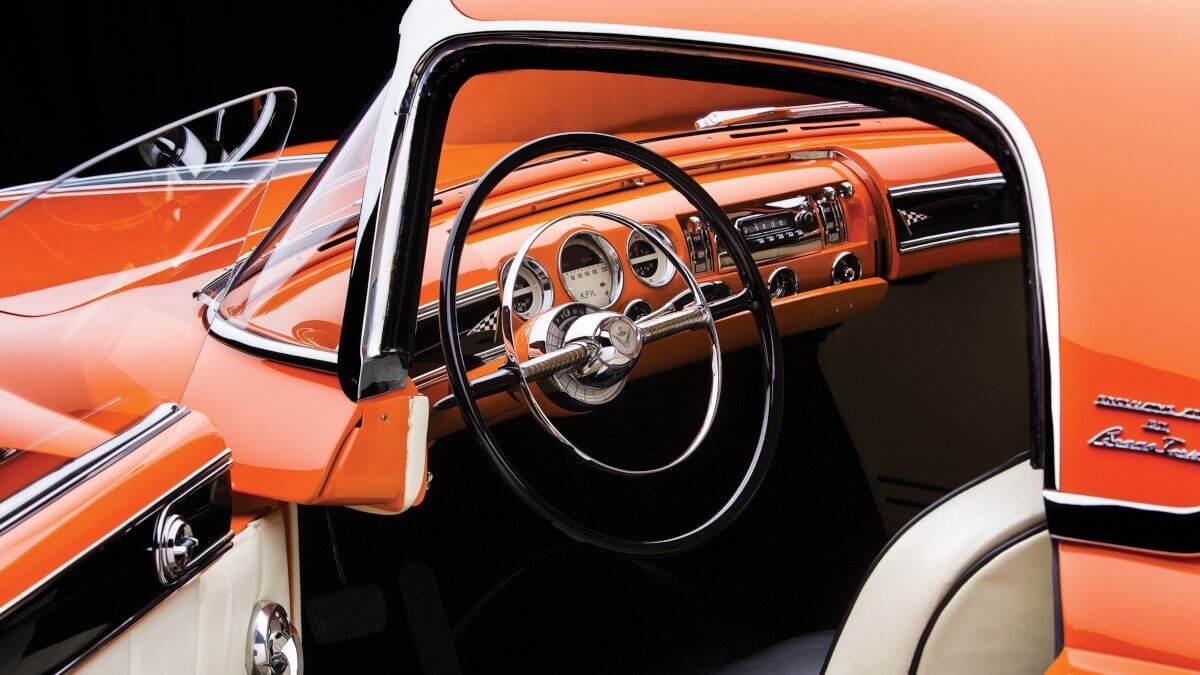



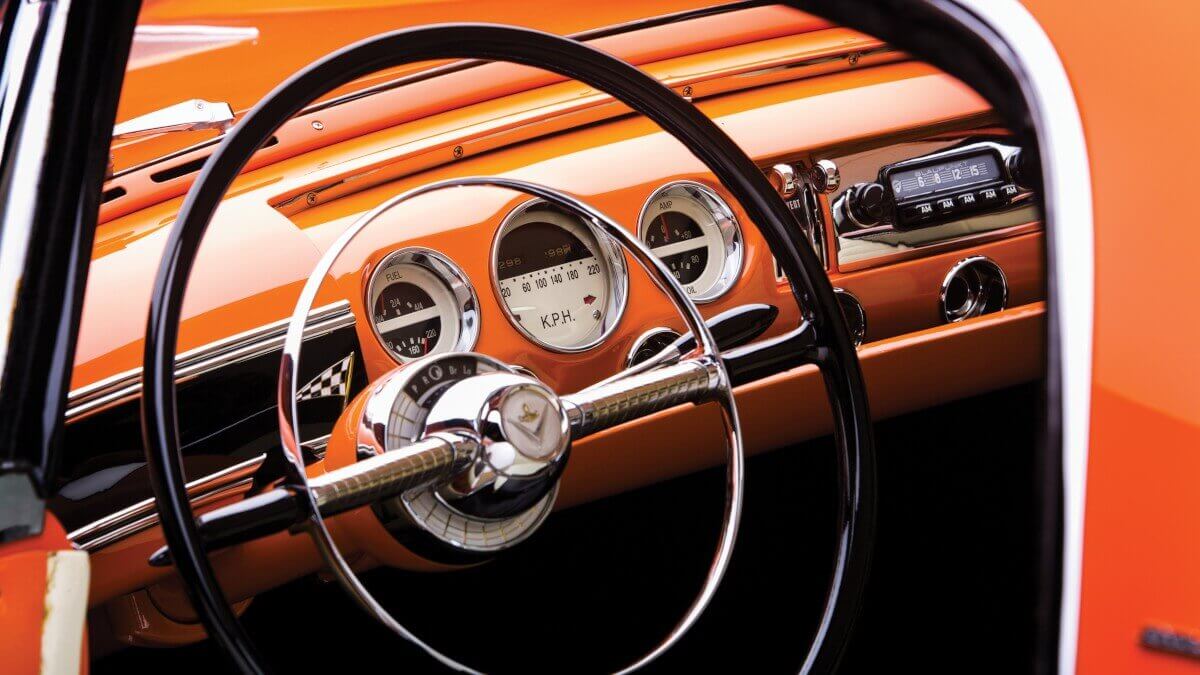



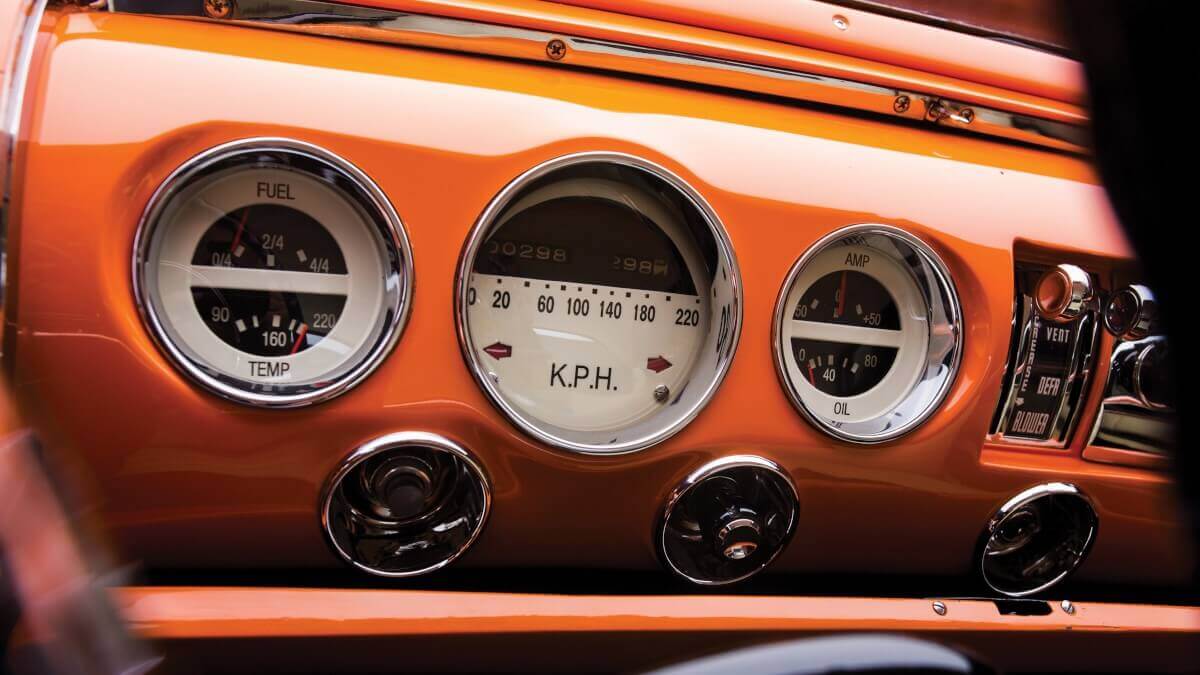



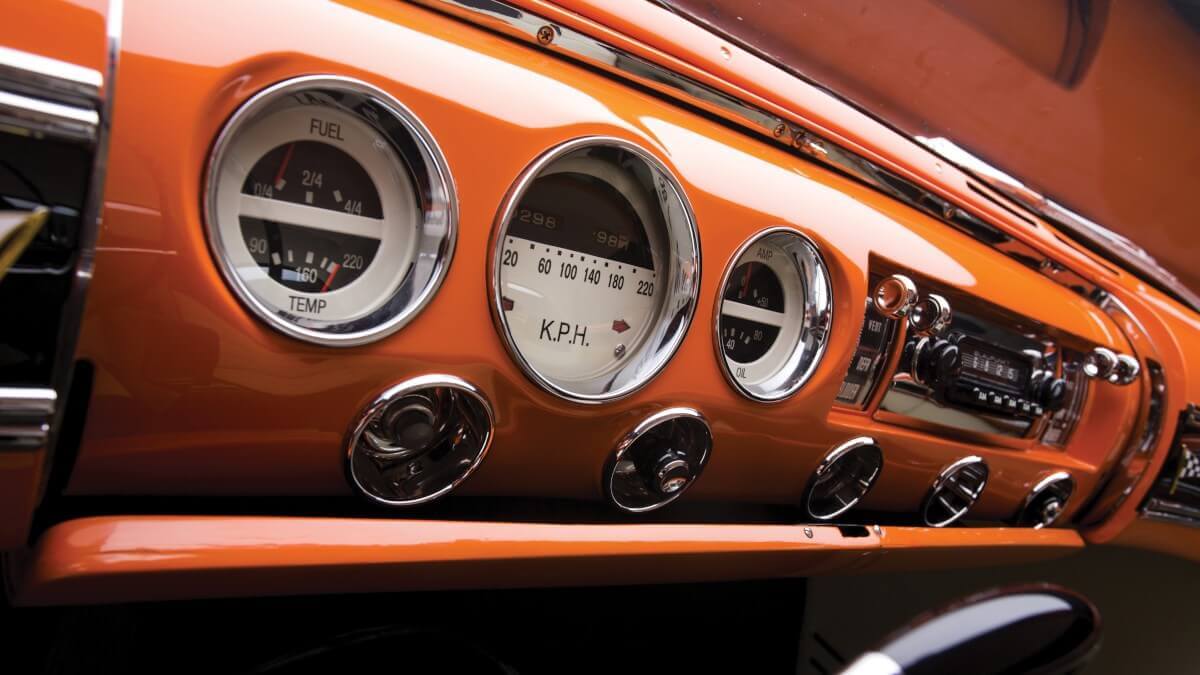



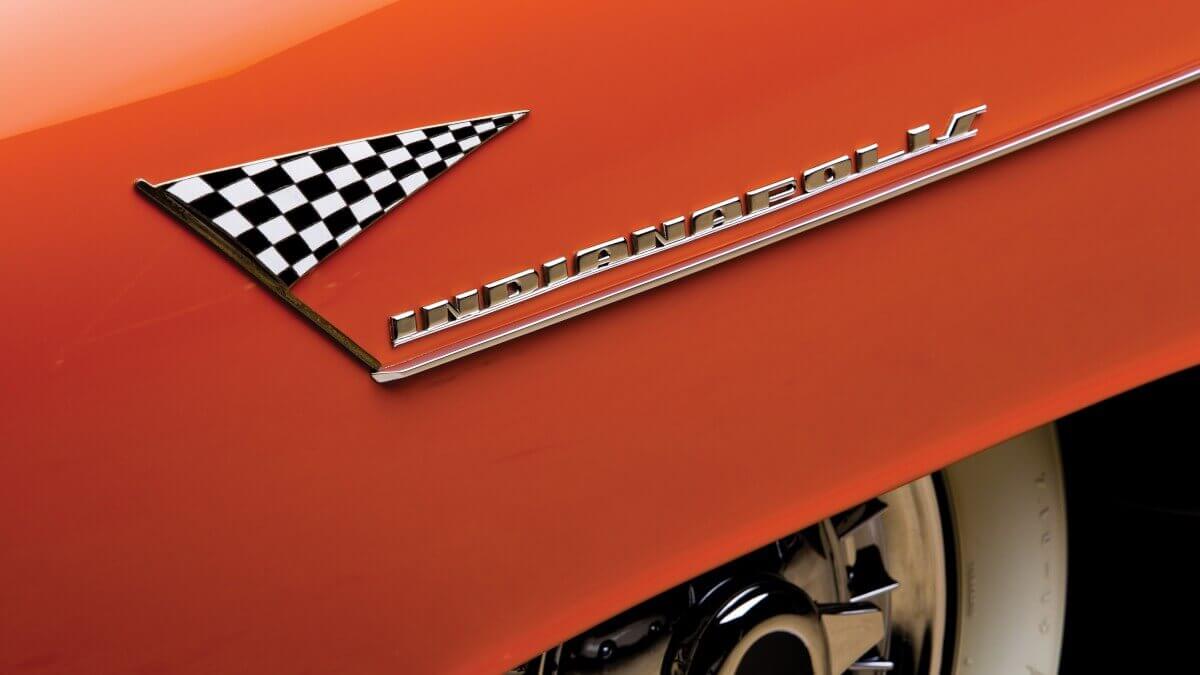



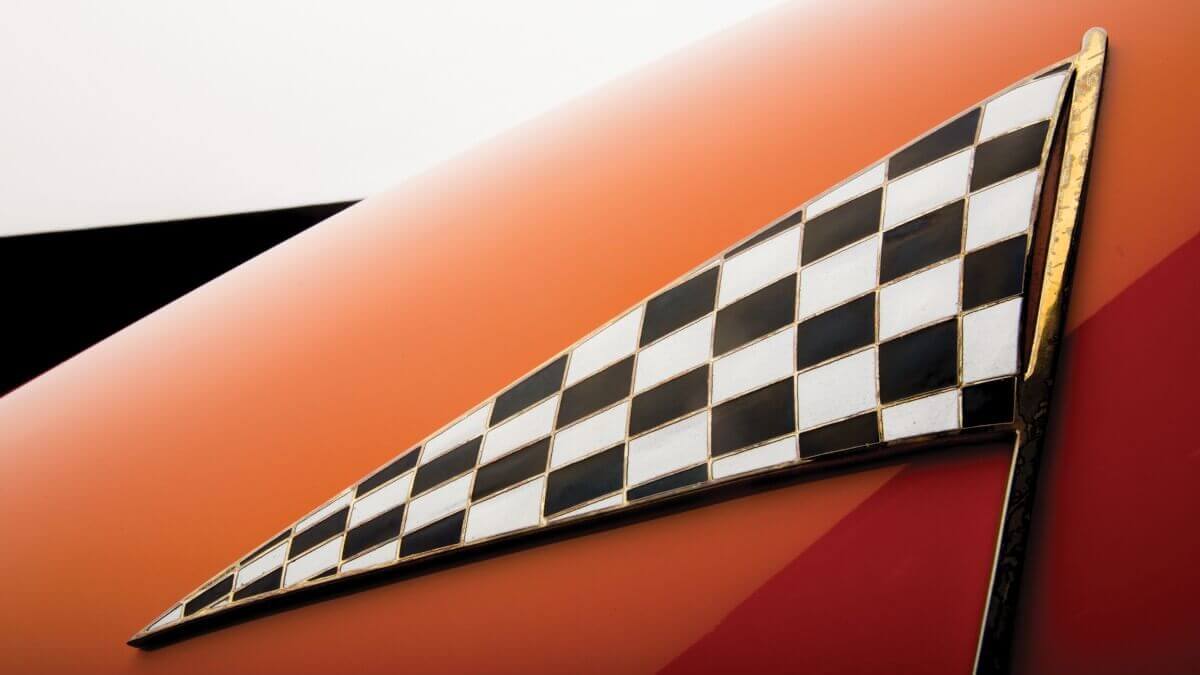



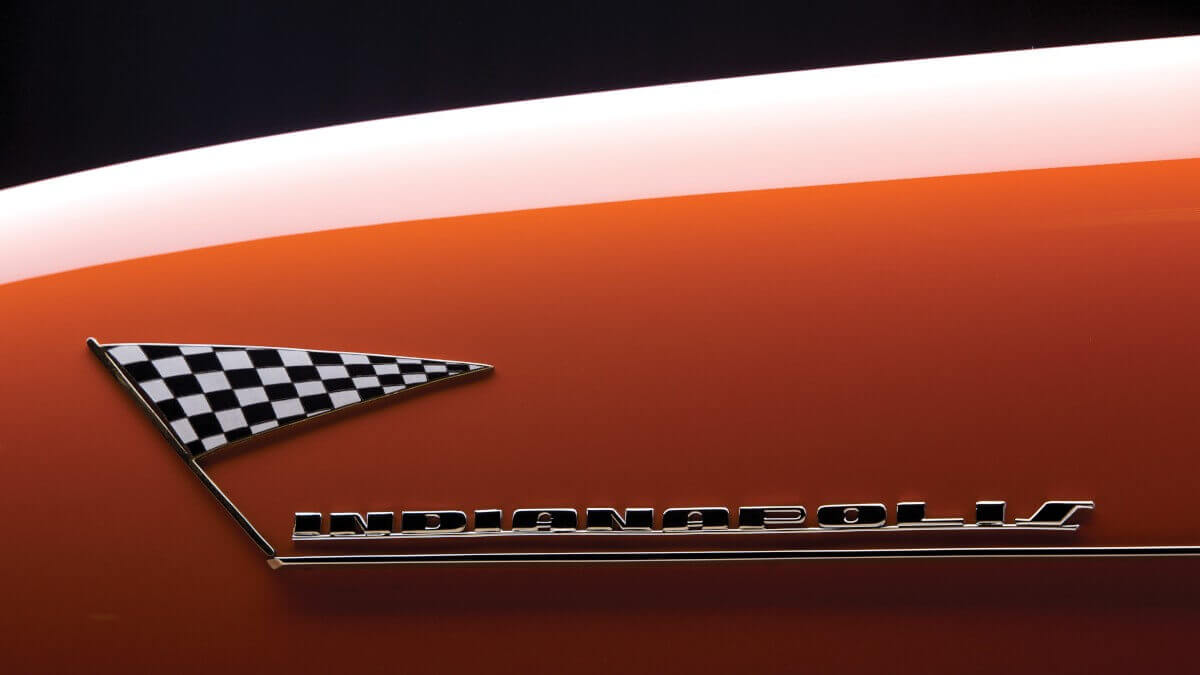



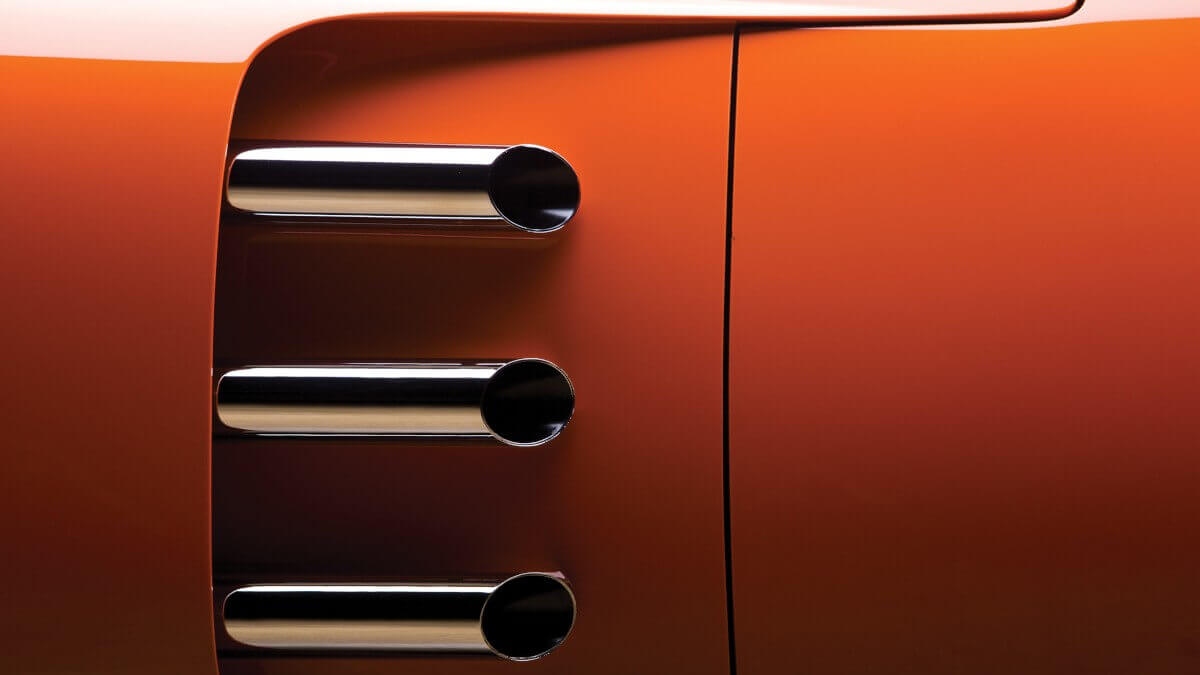



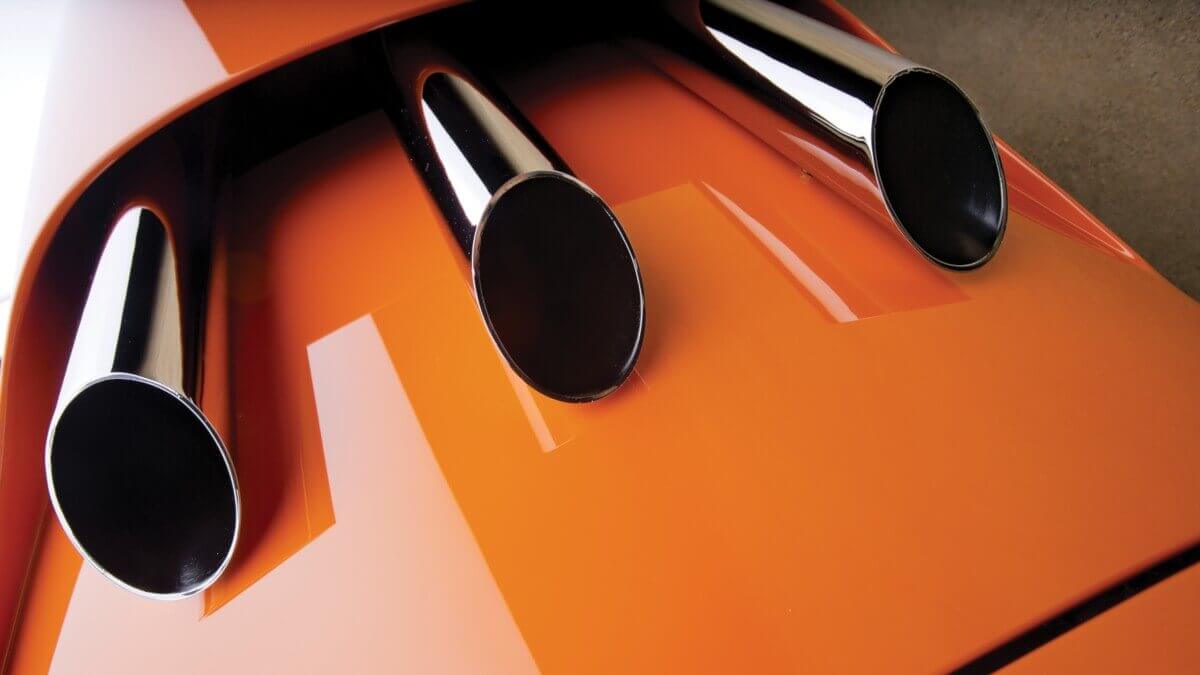



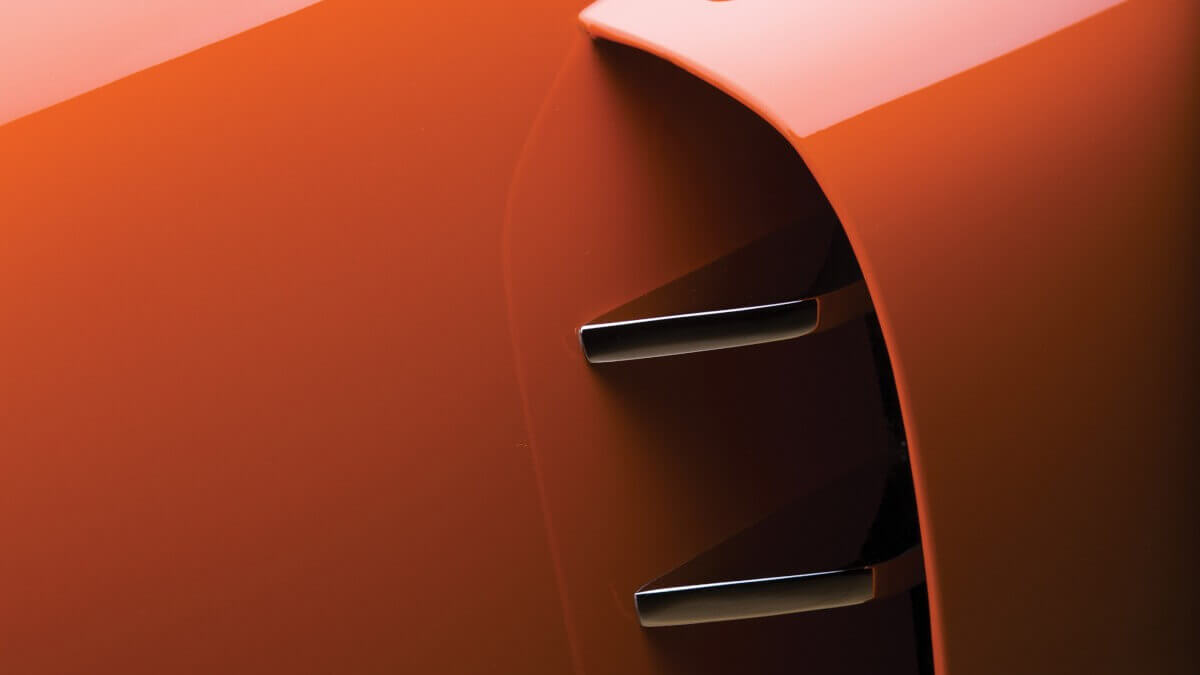



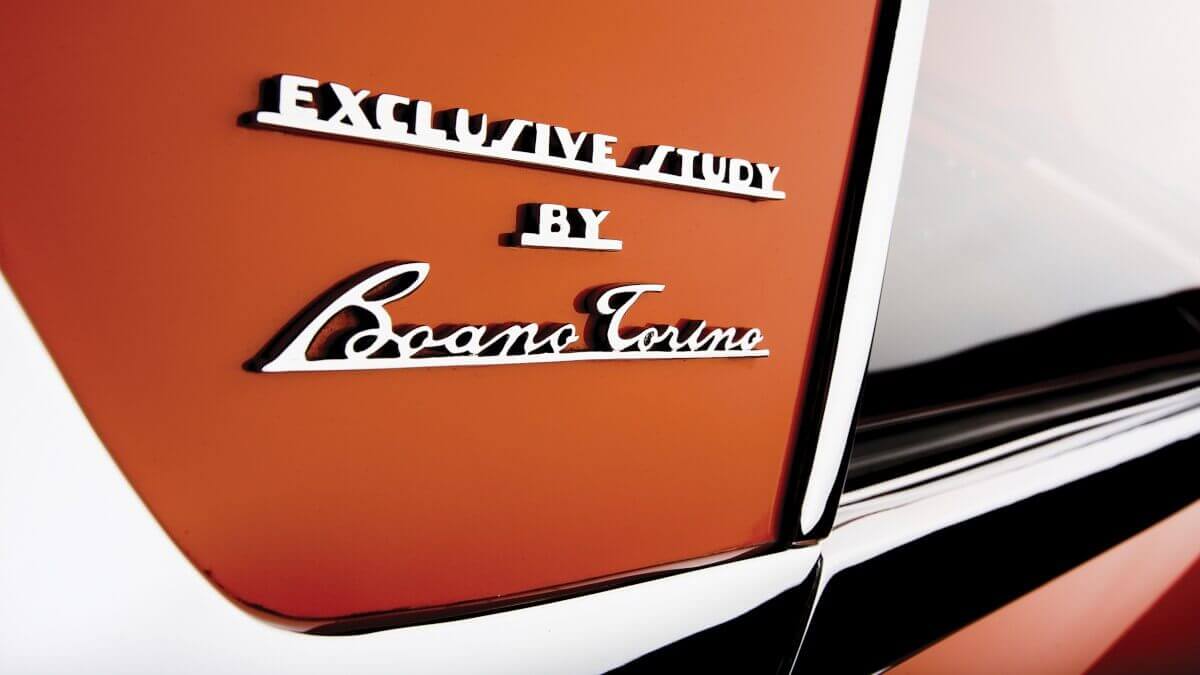



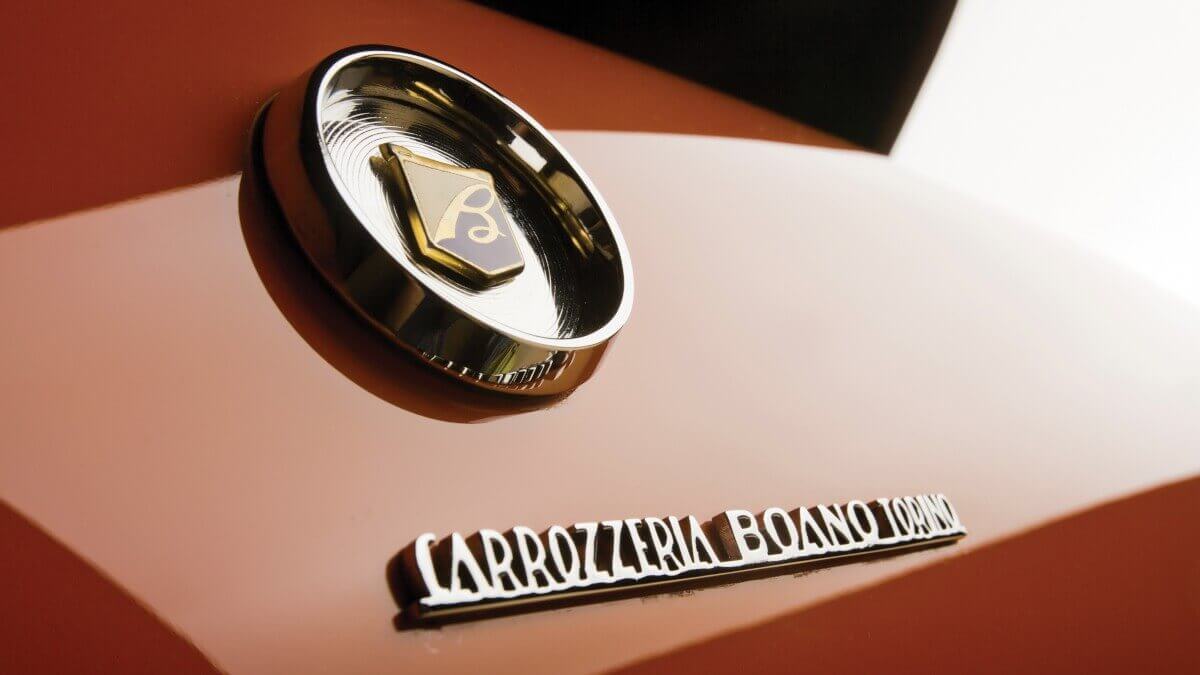



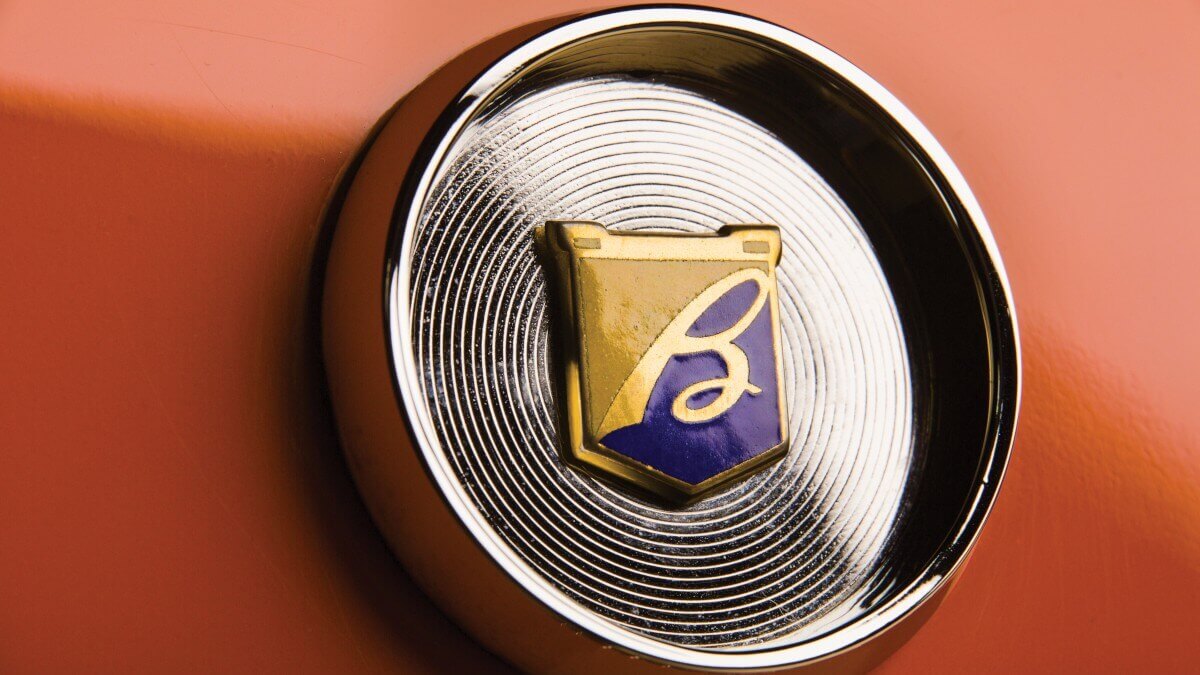



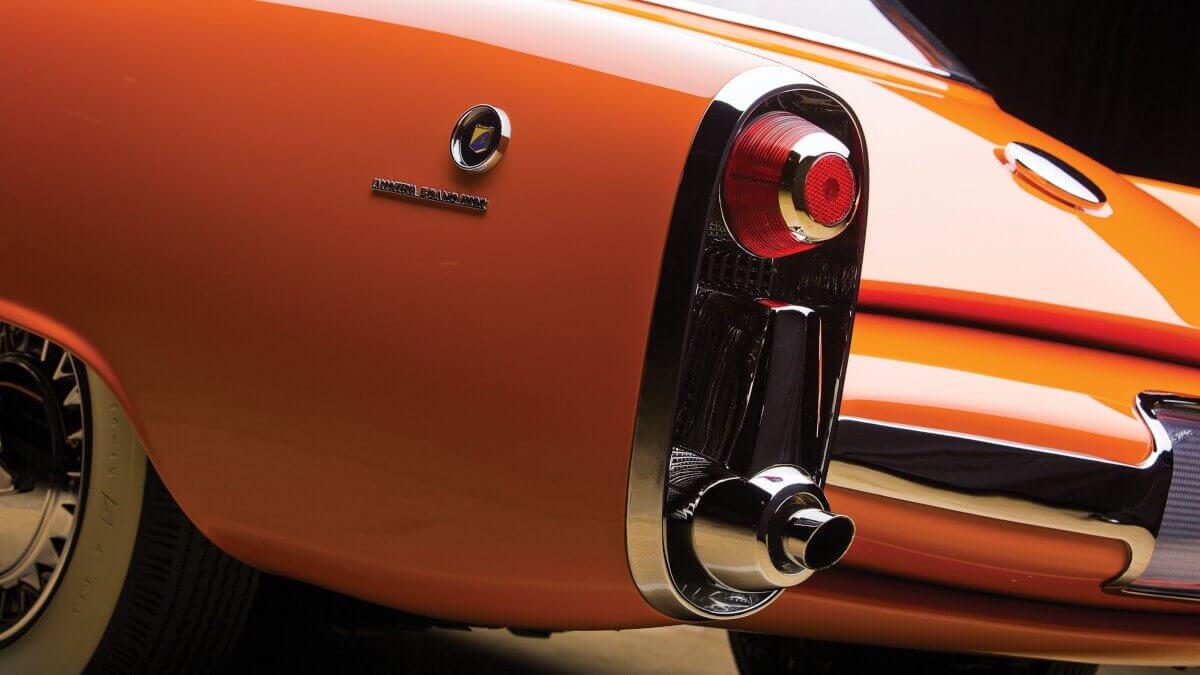



In the 1950s it was still customary to first sketch new cars by hand in large format. Many designs were inspired by the new jet age. Boano also took inspiration from this and drew a few sketches for the Lincoln conceptcar. In addition, some metal sheets were used to test whether the desired shapes could be created. The finished project was completed on time and was named Indianapolis. With its long, forward sloping bonnet without typical air intakes, two round headlights arranged one below the other on each side and above all the unusual design of the pontoon-style fenders with three fake exhaust pipes per side at the front fenders and chrome stripes at the rear ones made the Lincoln Indianapolis look like a car from a distant future. In order to get enough fresh air to the V8 engine, a flat intake is located at the front below a chromed bumper with downwards curved outside parts. The whitewall tires on chrome-plated rims are located behind low-down fender cut-outs. At the rear, the vertical lights and exhaust pipes are surrounded in chrome, designed a bit like the front.
Inside, the Lincoln Indianapolis offers enough space for two passengers on leather upholstered seats in black and white, separated by a stepped console. In the central part of the dashboard is a coverable area that houses all the instruments and switches. The selector for the automatic transmission is located on the steering column. The car’s appearance at the 1955 Turin Motor Show led to a cover story in the November issue of ‘Auto Age’. The car then became the property of Ford, was exported to the US and served as a private car for Henry Ford II. At a car show in Boston, parts of the interior were damaged. Shortly afterwards, Felix Duclos from Manchester/New Hampshire bought the conceptcar. Later, this Lincoln changed into the hands of Packard collector Thomas Kerr, who was an active member of the Classic Car Club of America. He kept the car for more than 30 years and recognized its special relevance as a one-off. At the workshop of Jim Cox senior and his son Jim Cox junior in Pennsylvania the car underwent an extensive restoration over two years. At the same time, it was also ensured that the instruments and power steering, which were originally non-functional, were built to working order. In 2001, the finished car made its debut at the Concours d’Elegance of Pebble Beach, where it won the ‘Postwar Custom Coachwork’ class. Further awards followed at the Amelia Island Concours, the Burn Prevention Foundation Concours and the Bethlehem Concours as well as the award as ‘Most Outstanding Lincoln’ in Greenwich 2003.
A few more owners followed before the car was included into the Andrews Collection. After another appearance at the Pebble Beach Concours, which ended with winning the Lincoln class, the Lincoln Indianapolis went to its current vendor in 2015. A year later, he loaned the car to the Frist Art Museum in Nashville/Tennessee for the special exhibition ‘Bellissima! The Italian Automotive Renaissance, 1945 – 1975’. RM Sotheby’s is now offering this unique car for auction during Monterey Car Week. The vehicle includes an extensive documentation including pictures from the 1955 Turin Motor Show as well as documents from the modern Concours events. To this day, the car is regarded as the hottest Lincoln hot-rod ever. The auction house hasn’t yet given any estimates for this beautiful car.
Images: RM Sotheby’s




